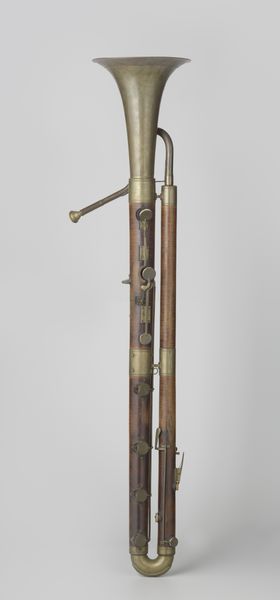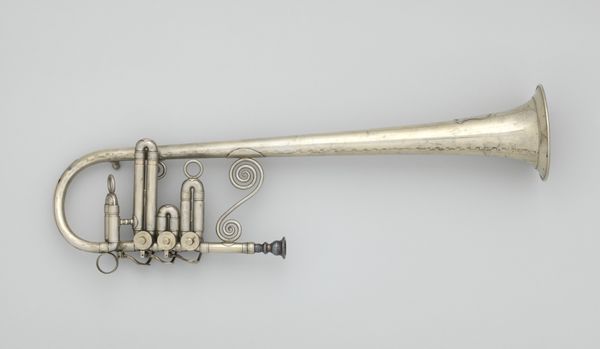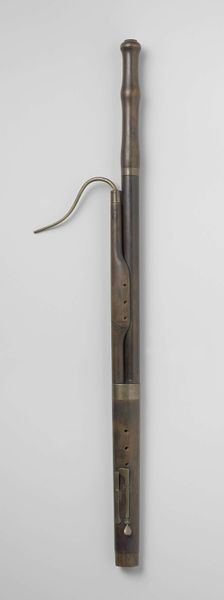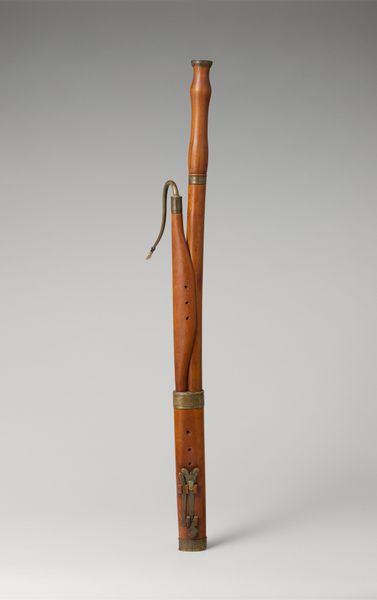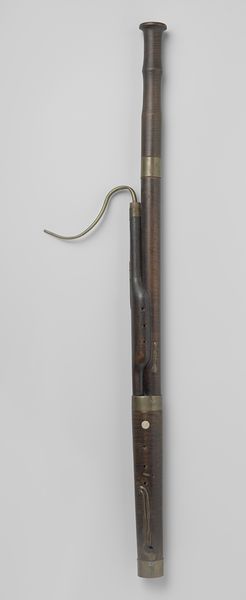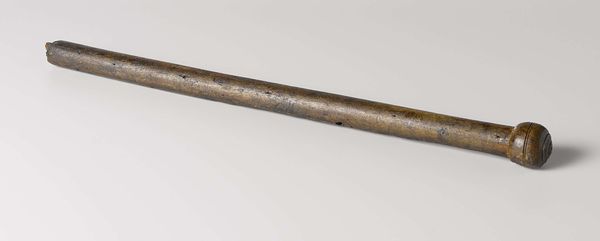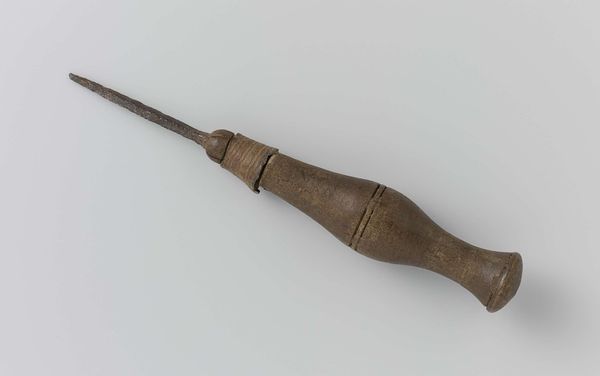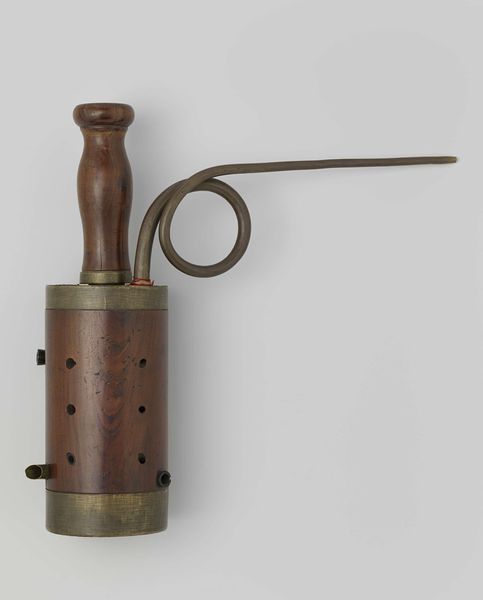
Pair of Flintlock Pistols Made for Ferdinand IV, King of Naples and Sicily (1751–1825) 1743 - 1793
0:00
0:00
Dimensions: L. of each 17 3/8 in. (44.1 cm); L. of each barrel 11 1/16 in. (28.1 cm); Cal. .63 in. (16.0 mm); Wt. of each 2 lb. 4 oz. (1021 g)
Copyright: Public Domain
Curator: Today we’re looking at a pair of flintlock pistols made for Ferdinand IV, King of Naples and Sicily. They were produced sometime between 1743 and 1793 by the Royal Arms Manufactory at Torre Annunziata. Editor: My immediate impression is that these pistols, far from weapons of war, are elaborate sculptures. The ornamentation overwhelms their function. Curator: Indeed, the intricate baroque detailing speaks to the artistic sensibilities of the time. Note the exquisite use of gold and metal engraving across the gunstocks and barrels. There is a near perfect symmetry in the composition of both pistols. Editor: Yet that emphasis on decorative art raises uncomfortable questions about power, doesn't it? The immense resources spent to create what amounts to luxury objects highlight the gross inequalities that propped up Ferdinand's reign. These are instruments intended to enforce colonial desires and quell revolts; any aesthetic appeal, therefore, is problematic. Curator: That's a valid point. The craftsmanship is certainly undeniable; the scrolling floral motifs, the precise execution of the metalwork – but you are correct to suggest this should not blind us to their original, intended usage. These objects certainly speak of artistry but, simultaneously, represent sovereign control. Editor: Right. Italian Renaissance art and the Baroque eras celebrated not only beauty but dominion. Recognizing that interconnection allows us to unpack a complex narrative. Curator: Well, by investigating the design elements and their marriage to such aggressive articles, alongside relevant sociopolitical ideas, a clearer interpretation arises for the viewers. Editor: Agreed. By understanding their historical context and visual language, these pistols, meant to oppress people, open into important questions that help frame the colonial period for a modern, progressive audience.
Comments
No comments
Be the first to comment and join the conversation on the ultimate creative platform.



